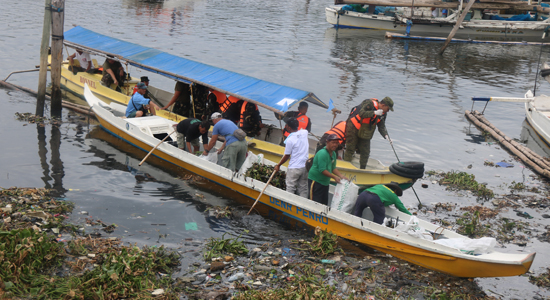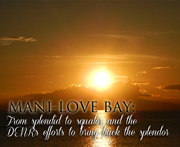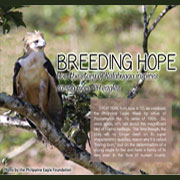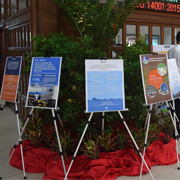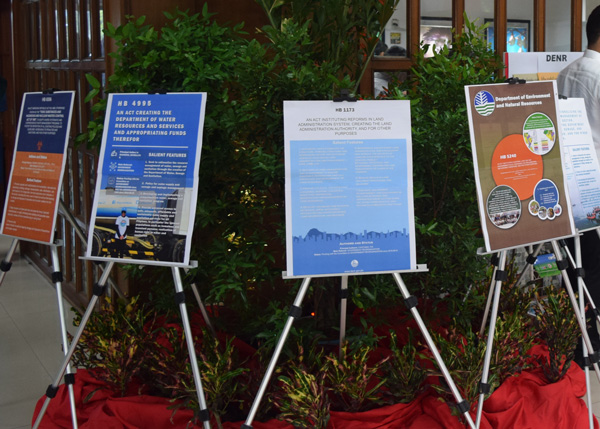World Wetlands Day
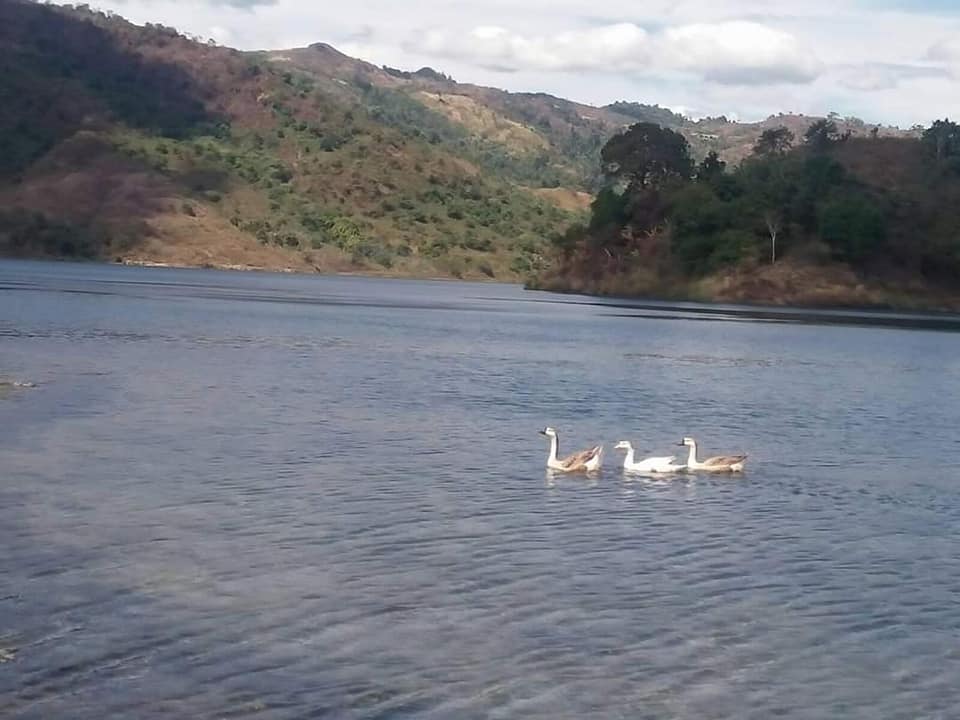
The Department of Environment and Natural Resources (DENR) here urges the public to actively participate in the celebration of the World Wetlands Day (February 2, 2020) to raise awareness and solicit public support on the protection of wetland areas in the region.
The world wetlands day is celebrated on February 02 of each year which also marks the date of the adoption of the Convention on Wetlands on 2 February 1971, in the Iranian city of Ramsar known as the Ramsar Convention on Wetlands of International Importance.
Ramsar Convention defined wetlands as areas of marsh, peat land or water, whether natural or artificial, permanent or temporary, with water that is static or flowing, fresh, brackish or salt, including areas of marine water the depth of which at low tide does not exceed 6 meters.
Wetlands are home to important plant and fish species including mollusks and crustaceans. It serve as natural sewage treatment plant as it filters contaminants from flood water.
It is also vital to humans as important source of food, livelihood and as ecotourism and recreation areas.
In Central Luzon, there are about 17 wetland areas covering more than 16,000 hectares. Some of these important wetlands are the Candaba swamp in Pampanga; Uacon lake in Zambales; Pantabangan dam and Paitan lake in Nueva Ecija, Angat and Ipo dams in Bulacan; Puerto rivas in Bataan and Canarem and Tambo lakes in Tarlac.
Migratory birds from as far as China, Korea, Japan, Australia and New Zealand prefer these important wetland areas in the region as a wintering refuge, feeding and breeding from October to March to escape the cold winter.
This year's theme "Wetlands and Biodiversity" underscores the important biodiversity thriving in a wetland area, its status and why it matters, and to promote actions to reverse its loss.
Let us protect our wetlands and save our environment.
- Details
- Parent Category: News & Events
- Category: Features

